Cabo is one of the top tourist destinations in Mexico, with awe-inspiring landscapes, interesting history, delicious food, vibrant nightlife and rich culture. It’s a popular spot each year for thousands of visitors who enjoy fun, safe vacations.
If you’re interested in a Cabo vacation, you probably want to know, is it safe to go to Cabo right now? In this article we’ll tell you all you need to know about how to visit the Cabo area safely.
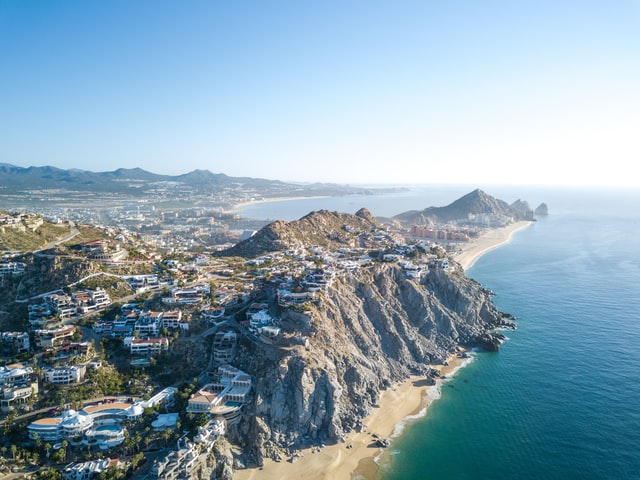
Is Cabo Mexico safe?
Cabo is generally considered a safe area of Mexico to visit, but if you’re planning a trip here you’ll want to check the US State Department’s website to see what travel advisories are posted for the area.
Cabo is located in the state of Baja California Sur on the west coast of Mexico, and the current travel advisory recommends to exercise increased caution here due to crime.
While most of the recent crime in Cabo San Lucas and the rest of the state occurs away from tourist areas and does not affect visitors, it can happen. In order to stay safe, make sure to follow the usual commonsense guidelines that you would on any trip as well as the specific Cabo safety precautions outlined below.
There are also scams in Cabo to watch out for. These include fake taxis, legitimate taxis not using the meter, people asking for emergency financial assistance, and people asking you to take their picture. They will hand you a camera and when you give it back, drop it, claim you broke it, and demand money from you.
While the crime rate in Cabo has decreased in recent years, there are still petty crimes like pickpocketing and mugging. The best way to avoid these is to not carry a lot of cash or wear expensive jewelry, stay in the popular tourist destinations and keep an eye on your surroundings, and stick to well-lit and populated areas at night.
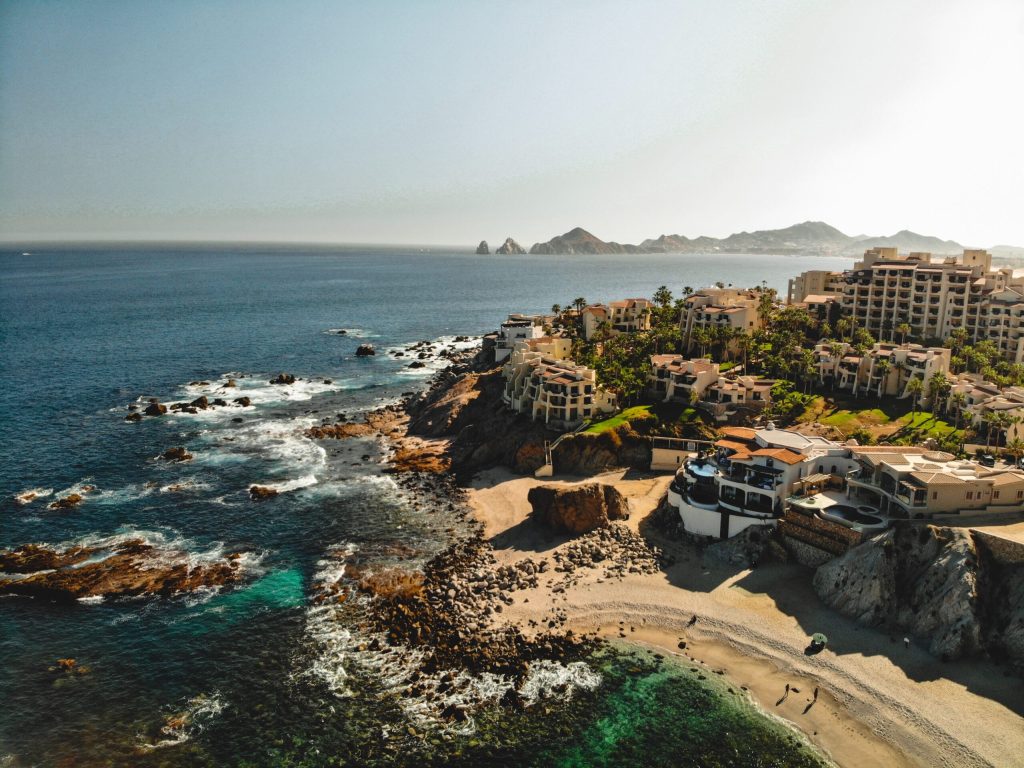
Is Cabo San Lucas safe? Yes, in general it is. In fact, it’s recommended that visitors should stay in Cabo San Lucas, San Jose del Cabo, or the 20-mile stretch between the two cities. This is known as the “Tourist Corridor” and it’s considered safer than other areas because there is an increased police presence.
The safer areas of Cabo San Lucas are the downtown, El Medano Beach, and Pedregal Hills. Resorts are safe due to onsite security.
FYI, downtown Cabo San Lucas is a hotspot for pickpocketing/mugging, so be especially vigilant in this area or avoid it altogether if this is a big concern for you. However, downtown is considered to be one of the safest areas for tourists in general.
Note that the area around the airports is not safe, so avoid exploring there and be sure to book dependable transportation from the airport to your hotel or resort.
Certain parts of San Jose del Cabo are also not safe, including Santa Rosa and areas north of the airport.
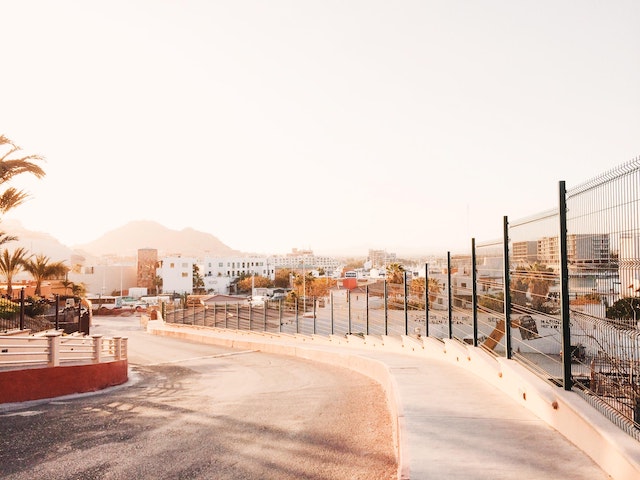
Is Cabo safe to drive around?
While it can be good to have your own car to explore Cabo, you’ll want to be sure to avoid dangerous spots. Don’t leave any valuables in your car, and it’s recommended not to drive at night. Also, avoid stopping the car while on the highway due to a risk of carjacking. It’s recommended to not even stop for gas or supplies along the highway, but wait until you get to town.
Is Cabo dangerous?
As with most cities, some areas of Cabo are more dangerous than others, such as Lagunitas, Las Cangrejos, and Las Palmas, as well as Santa Rosa in San Jose del Cabo. However, if you stay out of those areas, Cabo is considered quite safe to visit.
And while the Cabo area does have more kidnappings than average, tourists should be safe if they follow these guidelines: make sure any taxis you take are legitimate, beware of strangers who offer to show you how to get somewhere, travel in pairs or groups, stay in heavily populated tourist areas, be extremely cautious when going out at night, and don’t accept drinks or drugs from strangers.
If you’re still concerned about being safe in Cabo, you can always remain on the premises of your resort. Since resorts have security, you will not need to worry. Below are some additional precautions you can take to be safe.
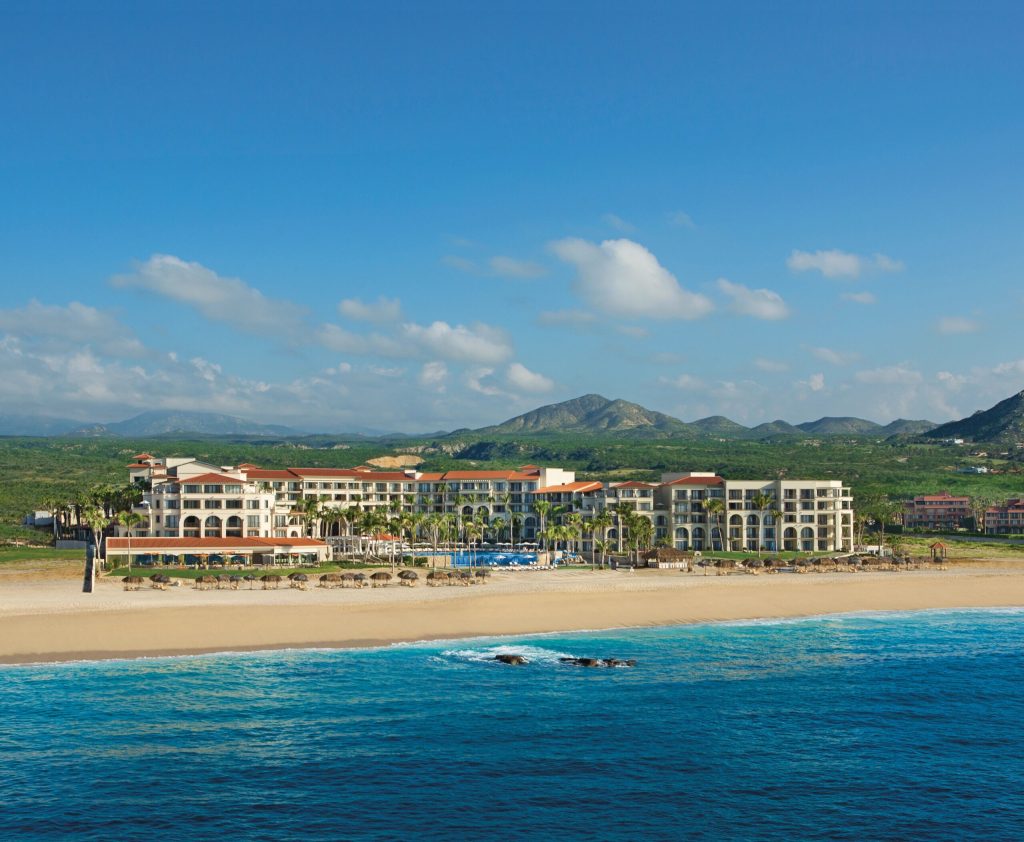
Cabo Safety Precautions
Research the part of Cabo you’re visiting before you go. Just like at home, there will be areas that are safer and areas that should be avoided (some of which we cover in this article).
Before arriving in Cabo, plan and book your transportation to and from your resort or hotel. The safest option is to contact your host and ask for a shuttle. Hotels and resorts often offer free shuttle service from the airport. If yours doesn’t, ask what service they recommend.
Pay attention while in the airport, as these are a hot spot for pickpocketing and scams. Don’t accept rides or offers of help from strangers, and watch your bags at all times. Don’t venture into the area around the airport, as it is considered unsafe.
Keep your phone charged and share your location with family or friends. A benefit of traveling to Mexico is that most data plans will work. This means you can use Google Maps or Google Translate to navigate the area, stay in contact with friends and family, and contact authorities in an emergency.
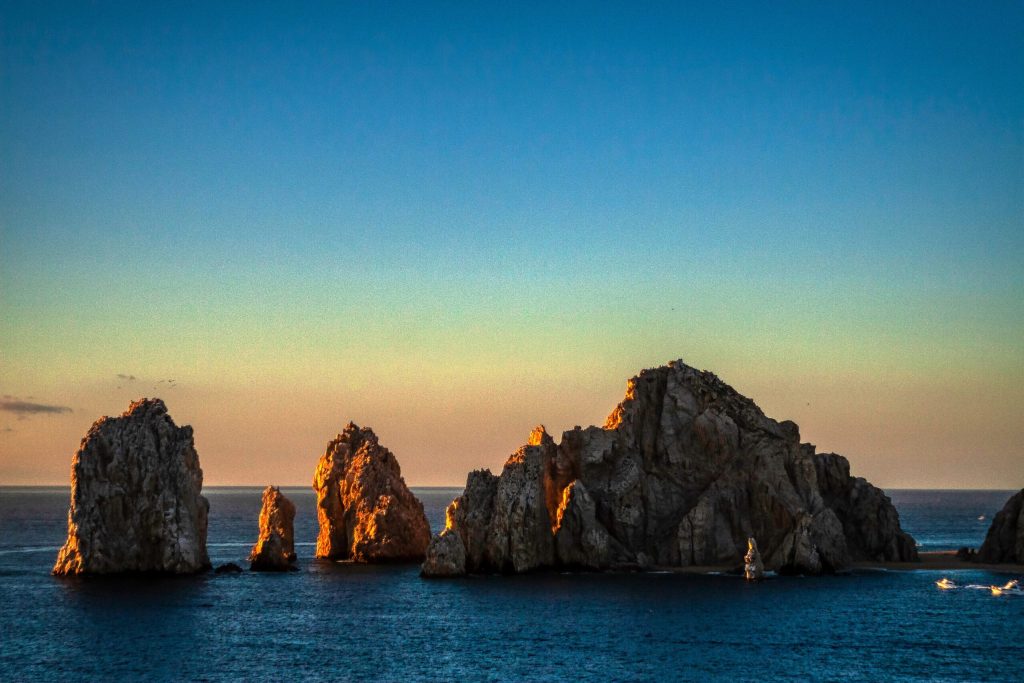
When you head off the resort, try to travel in groups of at least two; stick to well-populated, touristy areas; don’t wear flashy jewelry or expensive clothing items; don’t carry a lot of cash; and pay attention to your surroundings. Be very careful when using ATMs. Trust your instincts and immediately leave an area or situation if it feels off.
Locals in Cabo often offer alcohol or drugs to visitors; be sure to refuse these. Not only could they be contaminated, but being in an altered state raises your risk of being a victim of crime.
At night, don’t walk alone; stay in well-lit areas; be careful going to local bars or nightclubs and don’t overindulge in alcohol; don’t accept drinks from strangers; and keep your eyes on your drink at all times. Take legitimate taxis or Ubers to and from your hotel, and make sure someone knows where you are going.
The State Department recommends that you never hail taxis in the street, but only use ones that are dispatched via phone or a ride-sharing app like Uber. You can be sure by asking your hotel to book your taxi. Avoid accepting rides from strangers or getting in unmarked taxis. If in the taxi alone, take a picture of the taxi number and/or license plate and send it to a friend.
If you are renting a car, travel during the daytime. The State Department recommends not traveling between cities after dark. If you have to travel at night, use a tour company, private car, or shuttle service.
Keep anyone you’re traveling with and someone back home informed of all your travel plans. You can also enroll in the Smart Traveler Enrollment Program to receive alerts from the State Department and make it easy to find you in case of emergency.

You also want to be extremely careful about swimming in Cabo, as the water in most spots is quite rough with riptides and there aren’t any lifeguards.
To safeguard your health, avoid drinking tap water. Be sure to drink bottled water at all times (avoid ice or make sure it’s made with filtered water!). You’ll also want to keep your mouth closed in the shower and use bottled water for brushing your teeth.
Don’t eat raw foods that would usually be washed in tap water like fruits and vegetables unless you can peel them, or they are cooked. Avoid salads.
Also, stick to reputable restaurants and avoid buffets to prevent food poisoning. It’s a good idea to ask at your hotel for recommendations of where to eat.
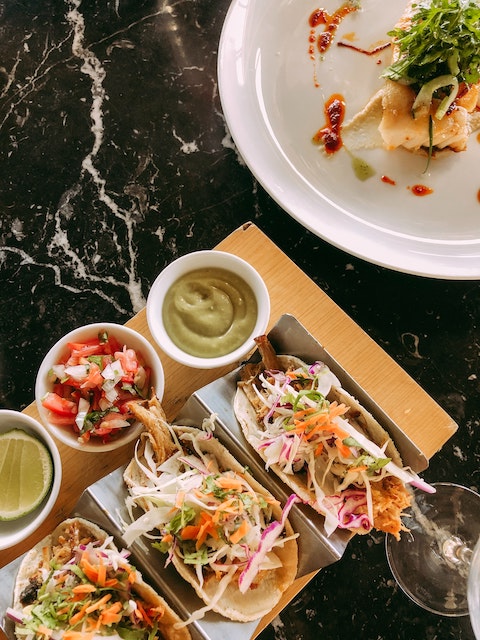
Check the CDC website for any vaccinations that are recommended before your trip. You may want to make sure you are updated on tetanus and Hepatitis A and B. Bring any prescription or over-the-counter medicines you need with you. Also bring bug spray to avoid mosquito-borne illnesses.
It’s smart to learn at least some Spanish so that you can find your way around without needing to ask for directions, as well as communicate with locals in case of an emergency.
Is Cabo safer than the rest of Mexico?
The answer to this is both yes and no, but in general Cabo is considered one of the safer parts of Mexico to visit.
According to the State Department travel advisories, Cabo is safer than some parts of Mexico but not as safe as other parts. The advisory for Cabo and the surrounding Baja California Sur state is a level 2 (out of 4), exercise increased precaution. There are parts of Mexico where the advisory is a level 1, exercise normal precautions.
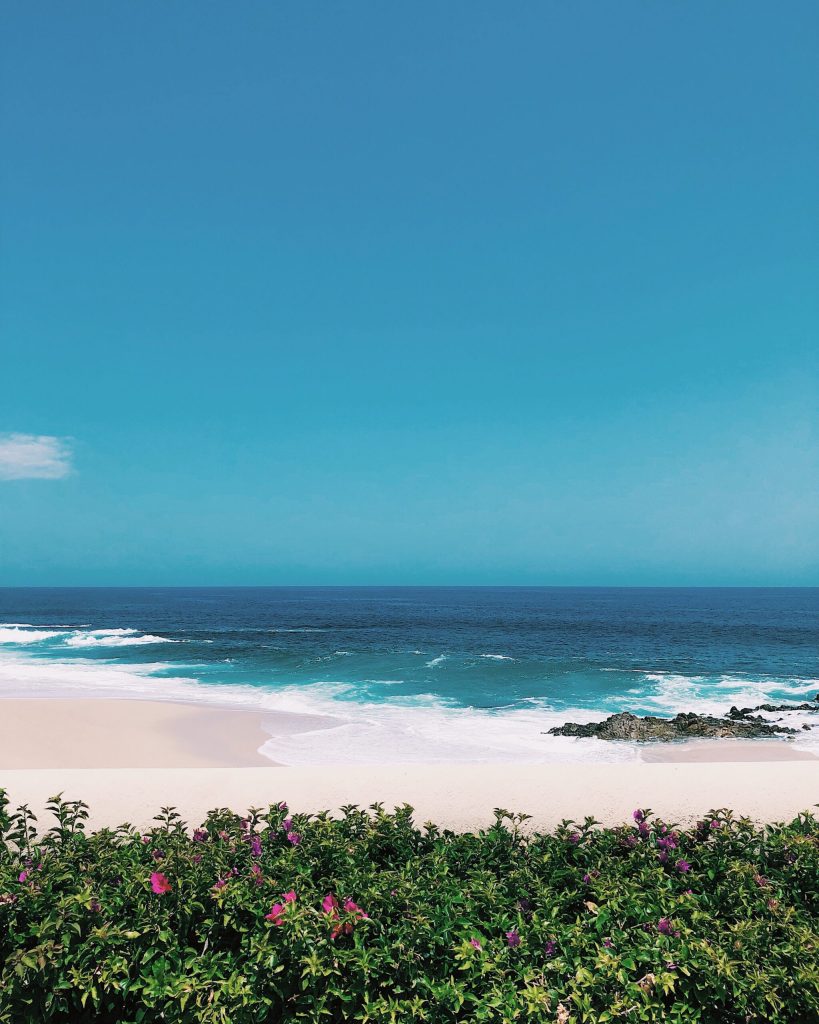
Is Cabo safer than Cancun?
While both Cabo and Cancun are safe for tourists, Cabo is rated slightly safer than Cancun due to the presence of some drug cartels in the Cancun area.
Like in Cabo, the State Department travel advisory for Cancun is a level 2—exercise increased caution Although it isn’t common, U.S. citizens have experienced both non-violent and violent crimes in tourist areas, and shootings between rival gangs have occasionally injured innocent bystanders.
Recently the government has increased security around tourist areas like the Hotel Zone and the airport, and the Hotel Zone is one of the safest parts of Cancun. Downtown Cancun is also considered relatively safe.
In general, it’s safe to walk around both Cancun and Cabo during the day (as long as you avoid more dangerous areas). At night it’s a bit riskier, so be sure to take all the recommended precautions.
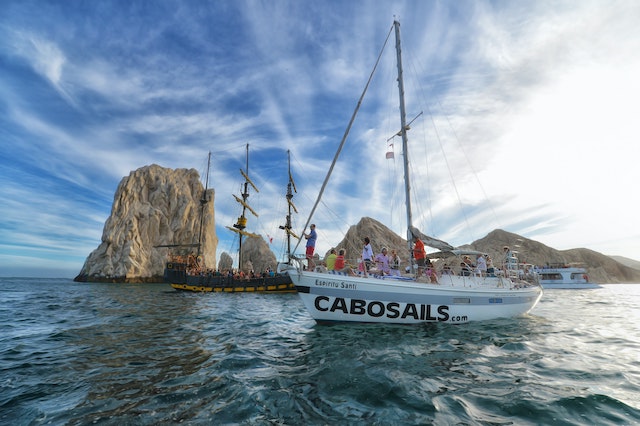
Is Cabo Safe? Conclusion
Overall, Cabo is safe for tourists as long as you do your homework beforehand, follow safety precautions, avoid dangerous areas, and stay vigilant.
After reading this article, do you agree? Is Cabo safe? Let us know in the comments.
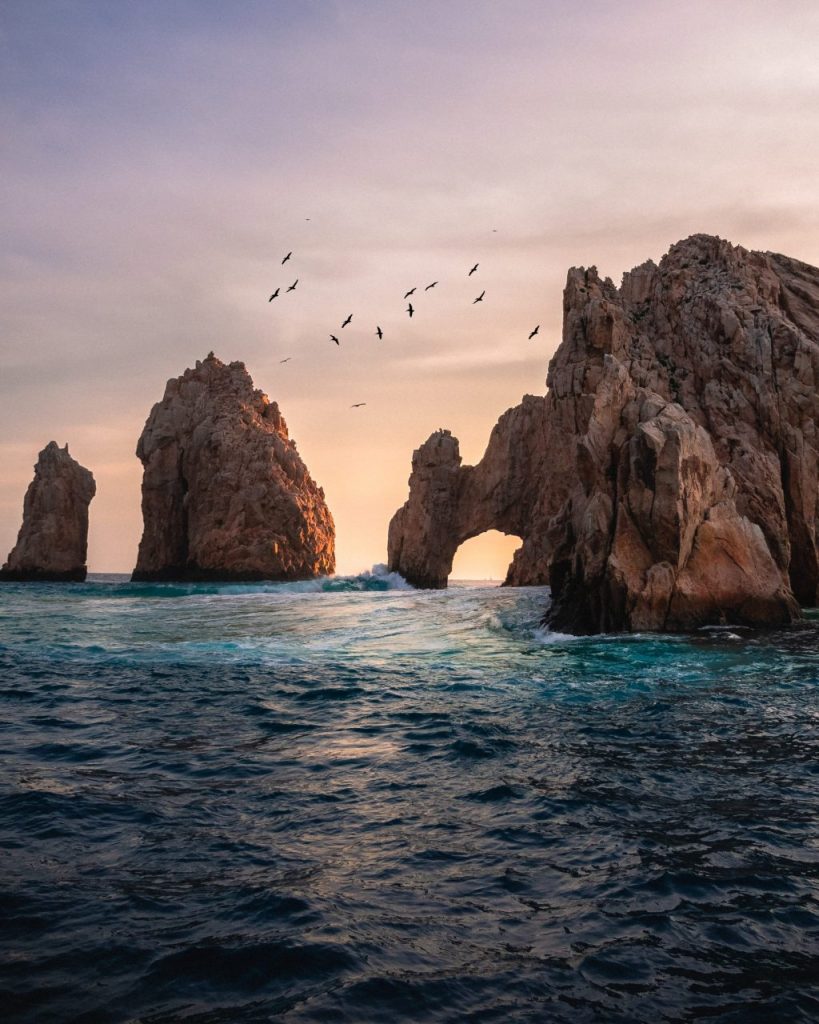
Leave a Reply